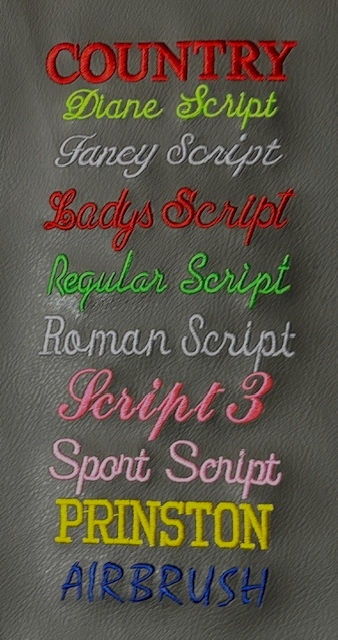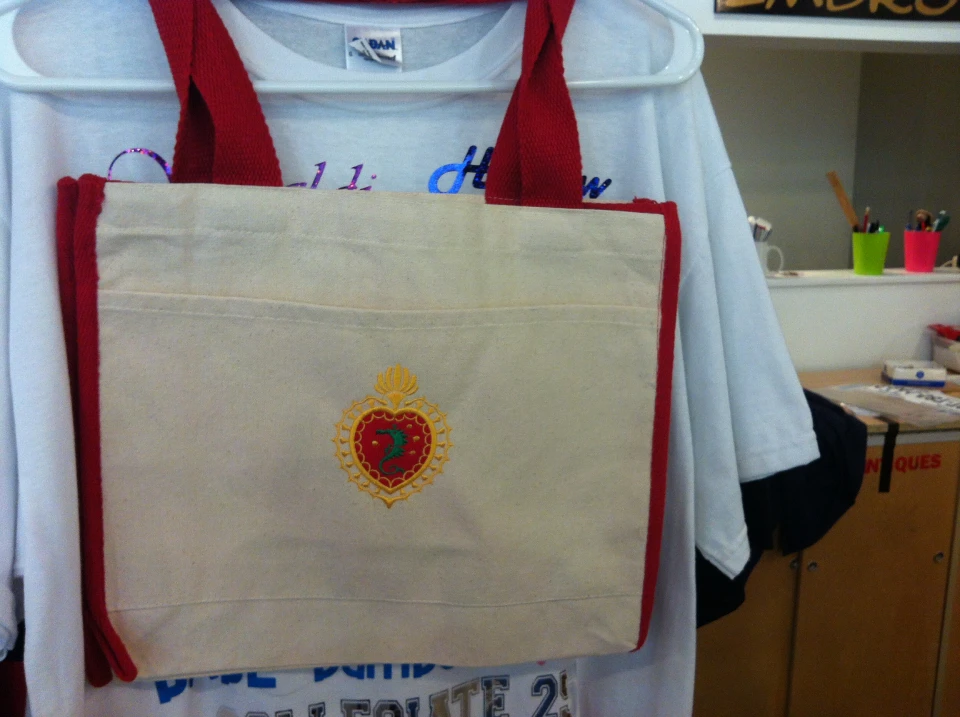The Art of Customized Embroidery: Unlocking the Keys to Creating Special and Unforgettable Layouts
The keys to creating custom-made needlework layouts that astound the eye and leave a long-term perception lie in a delicate equilibrium of strategy, creative thinking, and focus to information. As we delve into the globe of personalized needlework, we reveal the nuanced interaction between string choice, stitch intricacy, and design customization that boosts a plain garment to a work of art.
Selecting the Right Embroidery Threads
When choosing embroidery threads, what vital variables should you take into consideration to make sure the very best outcomes for your custom layouts? The selection of embroidery thread is important in identifying the final outcome of your stitched design. Among the main factors to consider is the product of the thread. Different materials such as cotton, polyester, rayon, and silk use differing degrees of sheen, longevity, and structure. It is important to select a thread product that complements the material you are stitching on and aligns with the wanted look of the design.
Moreover, the weight or density of the string plays a considerable function in the look of the needlework. Thicker threads can add dimension and appearance to your layout, while finer strings are ideal for complex information and tiny message. Furthermore, thinking about the color fastness and washability of the thread is important to make sure that your custom-made designs keep their quality and vibrancy gradually. By carefully examining these variables and picking top quality threads that meet your details requirements, you can boost the aesthetic allure and longevity of your embroidered developments.
Checking Out Different Stitch Methods
To explore the world of 'Discovering Different Stitch Strategies', one need to realize the complexities and subtleties that each stitching method brings to the art of embroidery. Various stitch techniques not just add visual interest yet also add to the total texture and dimension of the design. One popular stitch method is the satin stitch, which involves closely packed parallel stitches to develop a smooth and glossy surface area, ideal for completing forms and developing vibrant lays out.
On the various other hand, the backstitch is a flexible method typically used for detailing and including great information. It involves stitching backwards to develop a solid line of embroidery. Furthermore, the French knot stitch includes a responsive element to designs, perfect for developing distinctive accents like flower centers or ornamental touches.
Exploring various see stitch methods permits embroiderers to have fun with light, darkness, and deepness within their layouts, raising the visual charm and imaginative top quality of their embroidery projects. By mastering various stitching approaches, one can unlock limitless possibilities for creating distinct and memorable custom-made embroidery items.
Incorporating Personalized Layout Elements
Having actually explored the complexities of various stitch methods such as the satin stitch, backstitch, and French knot, the focus now moves towards integrating personalized design elements in custom needlework tasks. Customized style components play an essential role in making needlework tasks really one-of-a-kind and memorable.
One more way to integrate customized design elements is by consisting of symbols or motifs that hold special significance to the recipient or show their rate of interests and individuality. For instance, integrating a favorite flower, pet, or hobby-related sign can make the needlework style much more meaningful and personalized. Additionally, choosing shades that resonate with the recipient or align with the intended theme can further enhance the customization of the needlework project.
Mastering the Art of Shade Control

One secret element of shade coordination is comprehending color use this link theory. This consists of knowing how different shades connect with each other, the feelings they convey, and exactly how they can be incorporated to develop visually appealing styles. By using shade concept concepts, embroiderers can produce unified shade combinations that boost the total appearance of the layout.
Additionally, focusing on contrast is vital in shade coordination. Using contrasting shades can aid particular components of the style pop, enhance clarity, and create an aesthetically dynamic embroidery item. By understanding the art of color coordination, embroiderers can raise their designs and create unforgettable items that resonate with clients and audiences alike.
Enhancing Structure With Advanced Embroidery Stitches

French knots, as an example, are best for including small, raised dots to your style, simulating the appearance of beads or developing a distinctive surface area. Bullion knots, on the various other hand, can be used to create twisted, ropelike components that add a luxurious feeling to the needlework. Seed sewing entails tiny, scattered stitches that can fill out areas with a polychromatic texture, while turkey job develops fluffy, dimensional accents similar to pet hair or foliage. Trying out these advanced needlework stitches allows you to press the limits of conventional needlework and produce genuinely special and aesthetically enticing appearances in your layouts.
Conclusion
To conclude, the art of customized needlework involves a mix of selecting the right threads, discovering numerous stitch methods, including individualized style components, understanding color coordination, and enhancing structure with innovative stitches. By comprehending and applying these vital elements, embroiderers can create one-of-a-kind and memorable designs that display their creativity and skill. Needlework fanatics can unlock the keys to developing stunning and custom items that stand apart and leave a long-term perception.